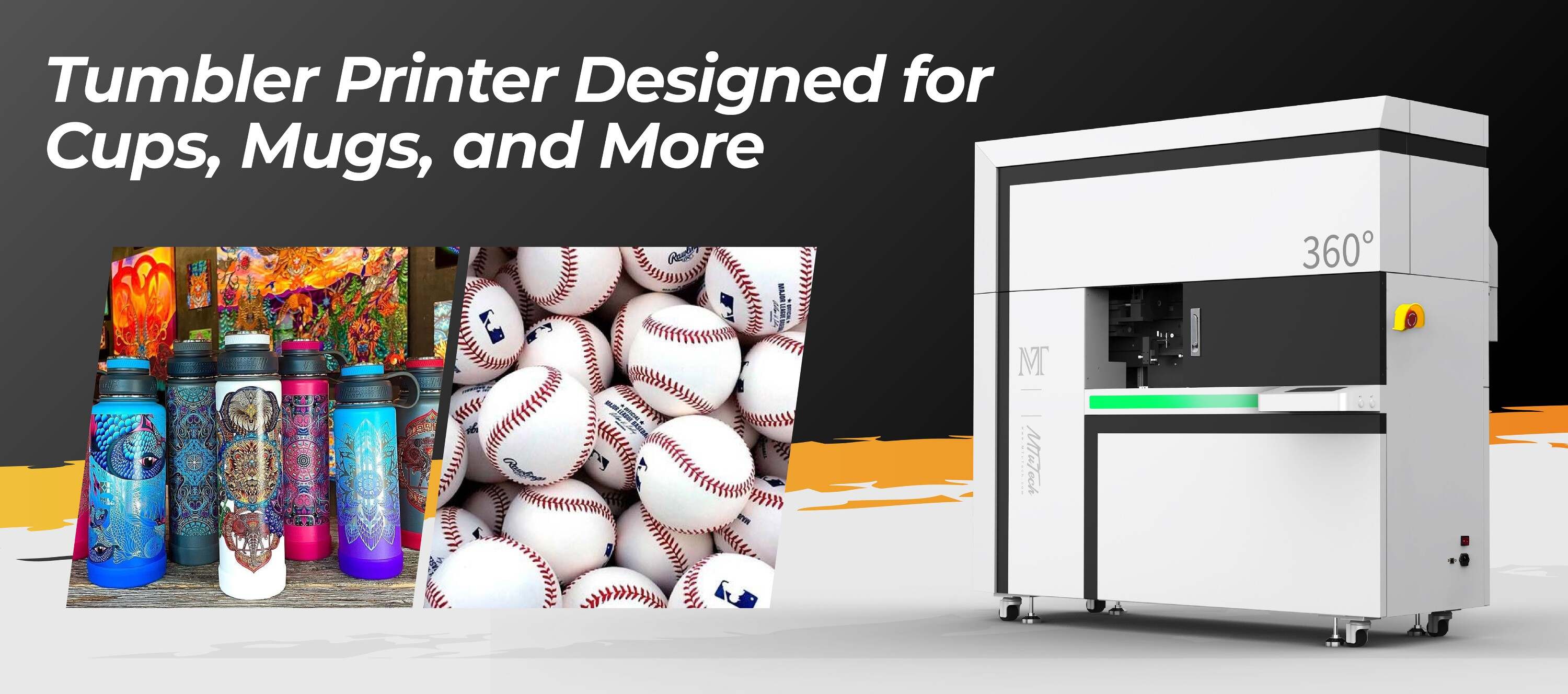Understanding Resolution and DPI in Cylindrical Printing
Introduction
When it comes to printing high-quality cylindrical products, resolution plays a critical role. Yet, many printers and designers overlook the importance of understanding DPI (dots per inch) and how it translates into sharp, detailed output on curved surfaces. In this blog, we break down what resolution means in cylindrical printing and how to make sure your prints look as stunning in real life as they do on screen.
1. What is DPI in Printing?
- DPI stands for 'dots per inch' and measures how many ink dots a printer places within one inch of space
- Higher DPI generally means sharper, more detailed prints—but also larger file sizes and longer print times
2. Ideal DPI Settings for Cylindrical Printing
- 300 DPI is standard for most cylindrical prints like mugs, bottles, and jars
- Use 600 DPI or higher for premium products, fine logos, and photorealistic prints
- Lower DPI (150–200) may be acceptable for large wrap designs viewed from a distance
3. Resolution vs Print Quality: The Real Story
- More DPI doesn’t always equal better quality if your base material or ink can't support it
- Focus on DPI + ink compatibility + curing + substrate adhesion for the best result
4. Common Pitfalls to Avoid
- Designing in 72 DPI (screen resolution) and expecting clean results in print
- Stretching low-resolution images to fit the cylinder’s wrap
- Ignoring the bleed area and safe zones in wrap designs
5. Design Software and File Prep Tips
- Use Adobe Illustrator, CorelDRAW, or Photoshop with a print-ready template
- Set document resolution to 300 DPI or higher from the start
- Convert text to outlines and flatten all effects before exporting
6. RIP Software and Print Settings
- Configure RIP software to match your design DPI to printhead capability
- Avoid auto-scaling in RIP unless previewed first
- Use test swatches to calibrate sharpness and color
Conclusion
Great cylindrical printing starts with great file preparation—and DPI is a huge part of that equation. By understanding how resolution impacts output, you can create crisp, vibrant prints that match your client’s expectations and reinforce your brand’s quality.
Precision matters. For pro-level resolution and clarity, explore our advanced cylindrical printer — delivering high-resolution detail for every cylindrical surface.

